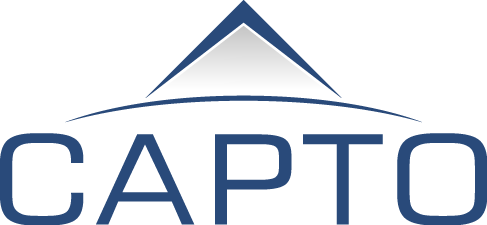Sourcing for Outcomes: Why Isn’t Everyone Doing It?
Transaction-based sourcing agreements are ineffective and broken. Providers often find themselves being asked to deliver a Cadillac on a Chevrolet budget. Clients, on their side, are under continuously increasing demand to deliver more at a faster rate. They really need those Cadillac outcomes from their sourcing partner. This imbalance means transaction-based sourcing agreements often don’t move a company to its strategic goal efficiently.
The result: Tensions rise between company and sourcing partner, resulting in no one’s satisfaction.
Stop relying on what you have always done. Manage your daily tasks smarter. In 2016, make the change from buying activities to sourcing outcomes.
Outcomes, not activities, shift an organization. Outcomes move an organization struggling to meet operational and financial objectives to the front of the pack. Focus on outcomes forges industry leadership through innovation and strategy execution.
The opportunity for success can be greatly increased when a partnership is suitably selected and focuses on desired outcomes. We recommend companies take a fresh approach to their sourcing strategies in 2016 by following these three simple steps:
- Buy outcomes, not activities. Consider the outcomes your department needs versus the number of bodies required to complete the work. This shift likely requires an alternative path to identifying the right partner to help you meet these outcomes. Capto’s SYNAPTIC methodology uses an “active RFI” process to move sourcing agreements from transactional activities to outcomes-based contracts. This fosters collaboration during the bidding process, in contrast to the old model of starting at the beginning of a signed agreement. Taking a teamwork approach yields higher success rates and mitigates frustration.
- Source for competitive edge. Most companies outsource for cost, benefit or capacity. While outsourcing for strategy or competitive advantage has typically been viewed as giving away a company’s biggest secret—its edge. This thinking is shortsighted. In fact, outsourcing strategic elements can dramatically speed things up, giving you more of a competitive advantage.
For example, pharmaceutical companies often outsource R&D, which is core to their business and highly protected intelligence. Outsourcing their R&D allows expertise to flourish and moves the pharma company to market more quickly because it can engage several specialist R&D firms as needed rather than waiting on a linear R&D in-house process. The outcome is twofold. By partnering with highly specialized, outsourced staff, pharma companies can maintain focus on their marketing and distribution strengths while they pipeline new drugs into the marketplace.
- Use an outcomes-based sourcing model. Traditional sourcing is broken, but there is an answer. Make a commitment to focus on outcomes in 2016. A comparison of outcomes-based vs. transaction-based sourcing shows why:
Transaction-based Outcomes-based
Focus on how Focus on what
Number of activities performed Clearly defined outcomes
Pricing guarantees Pricing incentives
Oversight governance Insight governance
In the long run, recognition comes from results, not from how the project got done. Commit to making your 2016 business resolution all about outcome-based results.

